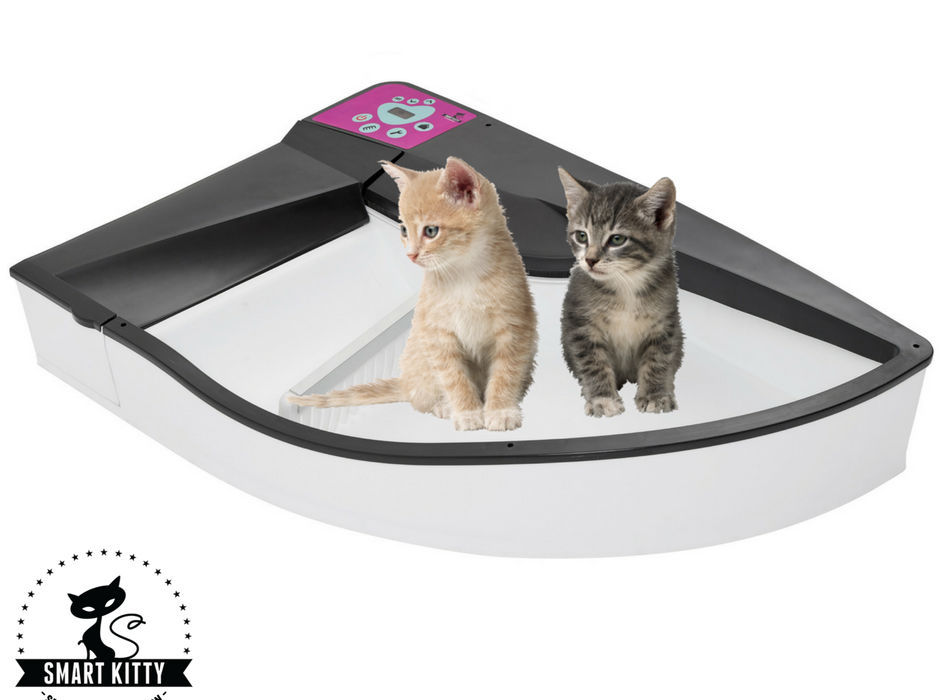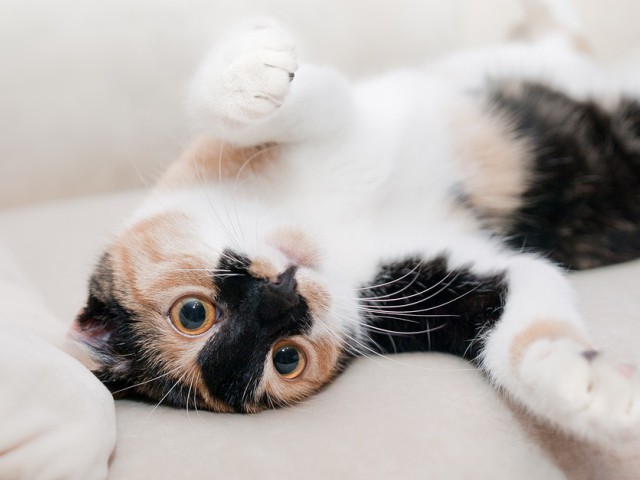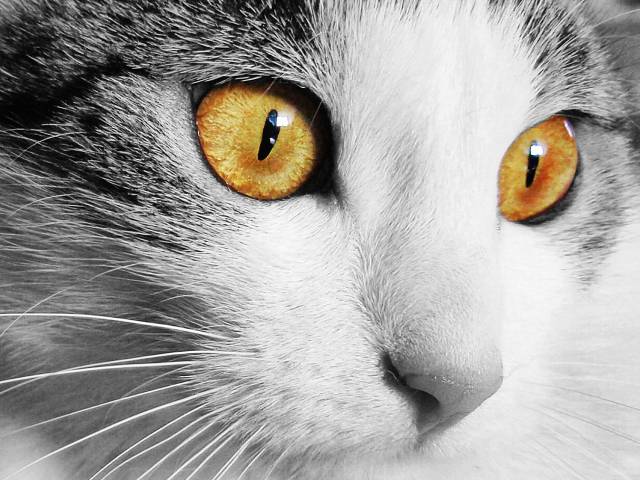Tips and facts for Litter Box Training
Cats instinctively know how to use the litter box.
Cats usually don’t need much litter box training, but they need some. To train kitty, start with a small, uncovered box in a quiet location close to where he sleeps. Fill the box with litter — your cat may prefer the unscented kind. When kitty sniffs at the box, pick him up and put him inside, praising and petting him. When kitty uses the box, give him a small treat. Keep the box clean and avoid any negative associations with it. For example, don’t give kitty medicine or scold him when he’s near the litter box.
Is that important where the litter box is placed?
Some cats have preferences, such as what type of litter they use and where the box is placed. If your cat stops using her box, that may be a sign it’s in the wrong place. Take a look at where you put the box: Is it hard to get to? Does kitty have to pass a pooch to use it? Make the litter box as appealing as possible by keeping it clean, making sure there’s at least one box per cat, and placing it in a quiet location that offers plenty of escape routes.
Why do cats urinate outside the litter box?
There are a lot of reasons your cat might “go” outside his box: He’s sick, his litter is dirty or not in a place that suits him, or you don’t have enough boxes. Or he may be stressed about something or hurting. Things like bladder stones, urinary tract infections, kidney failure, diabetes, cystitis, or pain from arthritis or trauma may cause him to go potty someplace he isn’t supposed to.
Why do cats eat kitty litter?
Kittens may occasionally nibble at litter if it’s introduced to them during weaning. But in general if your cat is eating kitty litter it could indicate anemia or another dietary deficiency. Other signs of anemia in cats include weight loss, lack of appetite, weakness, and pale gums. Always talk to your vet if your cat starts eating kitty litter. The litter may get caught in their stomach/intestines and require surgery.
Cats are private creatures and prefer covered litter boxes.
Covered or uncovered? Although it depends on the kitty, most cats seem to prefer uncovered boxes, which allow them to move freely and keep an eye on what’s happening around them. A covered box may help reduce unpleasant odors; an uncovered box reminds us when the box needs cleaning. We offer many designs and colors of tents.
Does clumping kitty litter need to be changed or just scooping?
You can’t scoop forever. That’s because eventually cat litter becomes saturated with bad odors as small bits of waste break off scooped clumps and remain in the box. To keep kitty happy — and odors at bay — empty the entire litter box every two or three weeks and refill it with fresh litter. Research shows that most cats prefer 2 inches of fine-grained clay litter.
How many litter boxes should your home have?
The general recommendation is at least one box per cat. The reason is simple: If every cat has a box available there’s never any waiting or arguments if two cats want to use the box at the same time. Allow as much space as possible between litter boxes. Put them in different rooms if you can. Also be sure to place each box so the cat using it can see the approach of people and other pets.
Can litter dust bother my cat’s lungs?
Some cats are sensitive to dust particles. Most cats are fine with today’s silica-based clay cat litter, but a few may be allergic to either the fine dust found in some scoopable litters, or to the scents used in them. Allergy symptoms might include sneezing, runny eyes, and frequent scratching. Fortunately cat litter options include recycled newspapers, pressed sawdust, wheat, wood chips, and play box sand. Although research shows that cats tend to prefer fine-grained, unscented clay litter, experiment to see which your feline friend likes.




